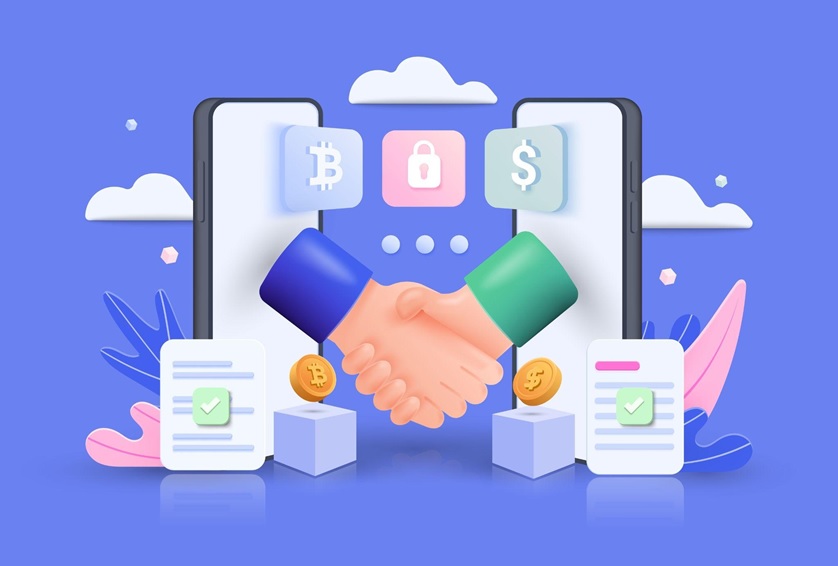Twenty percent of all payments in the United States still happen in cash. While the financial technology industry chases digital-native consumers with sleek mobile applications and sophisticated trading platforms, Neil Bergquist recognized that true cryptocurrency adoption requires meeting people where they are—not where technology companies think they should be.
The philosophy has guided Coinme’s development from a single Bitcoin ATM in Seattle to a platform serving over 40,000 physical locations across the United States. The recent launch of Exodus XO Pay, powered by Coinme’s infrastructure, represents the latest step in Bergquist’s mission to make cryptocurrency accessible to everyone, regardless of their relationship with traditional banking services.
The Overlooked Market
Traditional cryptocurrency exchanges operate under assumptions that exclude significant portions of the population. They require bank accounts for funding, assume comfort with digital interfaces, and often impose minimum transaction requirements that discourage small-dollar users. These barriers systematically exclude the very populations that could benefit most from alternative financial services.
“There’s over $2 trillion of US paper currency in circulation, and we want to enable that to go into digital currency,” Bergquist explained. “You can’t do that unless you have a cash on-ramp.” The observation reflects a fundamental insight: financial inclusion requires accepting people’s existing financial behaviors rather than demanding they adopt new ones.
Cash users often choose physical currency for reasons beyond convenience. Many view cash as financial freedom, preferring to avoid institutional oversight of their transactions. Others lack access to traditional banking services or face barriers that make digital payments impractical. For these populations, cryptocurrency can provide financial services that traditional institutions have failed to deliver effectively.
Infrastructure for Financial Inclusion
Bergquist’s approach to democratizing cryptocurrency access operates on two levels: physical infrastructure for immediate access and digital infrastructure that enables any company to offer crypto services to their customers.
The physical network spans grocery stores, pharmacies, and retail locations through partnerships with Coinstar and MoneyGram. “There is a Coinme location located within roughly 5 miles for 90% of the American population,” Bergquist noted. The accessibility rivals traditional banking infrastructure while serving populations that banks often overlook.
The digital infrastructure democratizes cryptocurrency capabilities for businesses. Companies serving underbanked populations can now offer digital asset services without developing proprietary blockchain expertise or navigating complex regulatory requirements. Community organizations, local businesses, and financial service providers can integrate cryptocurrency capabilities that serve their specific populations.
Global Financial Freedom
The financial inclusion mission extends beyond U.S. borders, addressing economic challenges that affect billions globally. Traditional international remittances cost an average of $35 per transfer and can take days to complete. Cryptocurrency transfers occur for pennies and settle within minutes, representing transformative improvements for families dependent on cross-border payments.
“There’s $50 billion a year of cash that’s sent from the United States to Latin America, and that’s cash to cash,” Bergquist observed. “Now you can put that cash into a Coinme location, get crypto and send that anywhere faster and cheaper than a lot of existing solutions.”
The implications extend beyond cost savings. Cryptocurrency enables access to stable stores of value for populations facing currency devaluation or hyperinflation. Families in developing countries can receive remittances in U.S. dollar-denominated stablecoins, protecting their purchasing power from local economic instability.
Technology as Equalizer
The Exodus XO Pay integration demonstrates how sophisticated technology can serve diverse populations without requiring technical expertise. Users can purchase cryptocurrency using familiar payment methods like Apple Pay and Google Pay, while maintaining complete control of their digital assets through self-custody wallets.
The achievement required solving complex regulatory and technical challenges invisibly. Users experience simple, familiar interfaces while Coinme handles compliance obligations, fraud prevention, and blockchain integration behind the scenes. This approach makes advanced financial technology accessible to populations regardless of their technical sophistication.
Scaling Global Access
Bergquist’s vision extends beyond current capabilities. “We want to bring this number to encompass 100% of the population, giving them simple, trusted, affordable and instant access to digital assets and better financial opportunities,” he stated. The goal requires continued expansion of both physical infrastructure and API partnerships.
International expansion offers particular promise for financial inclusion. Countries with limited banking infrastructure or unstable currencies could benefit significantly from cryptocurrency access points. The API model enables rapid deployment through local partnerships rather than requiring direct infrastructure investment in each market.
The democratization of cryptocurrency access represents more than technological advancement—it offers genuine economic empowerment for underserved populations worldwide. Neil Bergquist’s commitment to meeting people where they are, rather than where technology prefers them to be, has created infrastructure that serves those most in need of financial alternatives.
True innovation serves everyone, not just early adopters.






